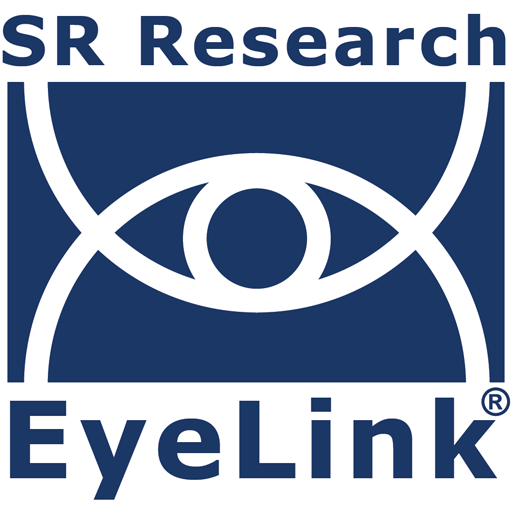案例研究:决定无任务、自定步调视觉感知持续时间的神经机制

Baror、Baumgarten和He(2024)的论文“决定无任务、自定进度视觉感知持续时间的神经机制”对人类如何自发地参与视觉内容的基础进行了令人信服的调查。除了脑电图(EEG)外,他们方法中的一个关键因素是眼动追踪技术的严格应用。这个案例研究强调了眼动追踪在使研究人员实现目标方面不可或缺的作用,特别是在控制伪影、表征瞳孔动力学和分离各种神经相关方面。
眼动追踪与脑电研究的优势
EEG研究的主要挑战之一是尽量减少可能掩盖真实神经信号的伪影。在这项研究中,参与者被指示保持眼睛注视,以减轻脑电图和眼动追踪伪影。眼动追踪在确保遵守这一指示方面发挥了至关重要的作用。通过持续监测眼球运动,研究人员可以识别和排除没有保持注视的试验,从而保持EEG数据的完整性。这种细致的控制对于依赖于稳定神经活动的时空模式相似性(STPS)分析至关重要。
除了伪影控制之外,眼动追踪还可以精确表征瞳孔动力学,这是一种与自定进度观看持续时间相关的独立生理测量方法。研究人员使用了SR ResearchEyeLink 1000眼动追踪系统,以1000 Hz的频率记录,并在每个区块开始时进行9点校准和验证。这种高分辨率和一致的校准能够准确测量瞳孔大小的变化。
瞳孔反应与终止观看的决定有关
研究发现,自发观看持续时间与图像偏移处的瞳孔大小呈正相关,瞳孔大小与刺激前基线的变化呈正相关。这一发现表明,瞳孔反应(通常表示唤醒和认知努力)与有意识地决定终止观看之间存在联系。记录和分析这些细微瞳孔变化的能力提供了一条关键的、独立的证据线,补充了EEG的发现。
此外,眼动追踪对该研究分离与序列顺序和自发观看持续时间相关的神经和瞳孔相关性的能力做出了重大贡献。虽然序列顺序主要与基线瞳孔大小相关,但自发观看持续时间主要与刺激偏移处测量的刺激前基线瞳孔大小变化相关。这种“双重分离”突显了不同的潜在机制。如果没有精确的眼动追踪数据,区分自发观看持续时间和序列顺序的这些单独贡献将更具挑战性,如果不是不可能的话。眼动追踪所做的明确区分使研究人员提出,神经和瞳孔相关性代表了不同的神经机制,瞳孔相关性可能反映了皮层下神经调节系统对头皮脑电图不太敏感。
总之,Baror、Baumgarten和He的研究中高速眼动追踪的整合是其成功的基础。它为伪影控制提供了一种强大的机制,能够详细分析瞳孔反应作为有价值的生理标志物,并促进了各种行为和神经相关因素的关键分离。这项研究是一个很好的例子,说明当先进的眼动追踪技术与神经生理学测量无缝结合时,可以更深入地了解自然人类感知的复杂动态。
有关眼动追踪如何帮助您的研究的信息,请查看我们的解决方案和产品页面或联系我们。我们很乐意为您提供帮助!
